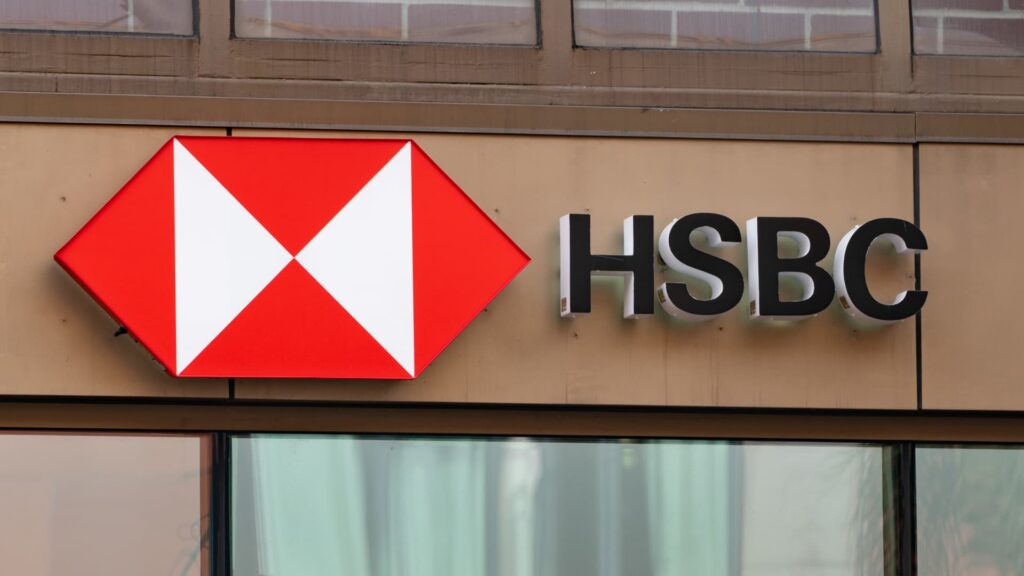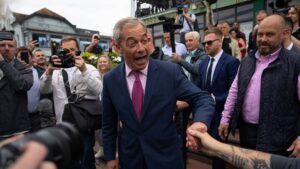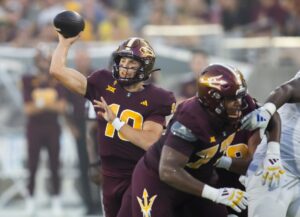
A handful of drivers will keep the American economy humming along, said Jose Rasco, chief investment officer of the Americas at HSBC’s wealth division. And they should buoy the country’s financial health even as increased borrowing costs pinch corporations. The American economy has shown remarkable strength in the face of a historic monetary policy tightening campaign the past two years, raising confidence that the Federal Reserve has engineered a soft landing . But as a higher-for-longer interest rate environment persists, fears of slower growth and above-target inflation resulting in “stagflation,” or even a clear downturn, continue to swirl. “From a business cycle dynamics perspective, the Fed raised rates, nothing happened — that’s the perception in the market,” Rasco told CNBC Pro from the firm’s wealth center in New York City. “It’s nonsense.” On the cyclical front, Rasco expects growth to cool as the effects of higher rates become fully felt. But he sees secular drivers tied to technology, healthcare, near-shoring and industrialization mitigating the effect of higher rates and helping the economy steer clear of a contraction. Ultimately, Rasco said to pencil in growth staying above 1.7%. Federal Reserve policymakers should be OK with that, he said, as elevated interest rates ultimately push the unemployment rate modestly higher. “Those four themes suggest to me that’s how we avoid recession,” said Rasco, a Lehman Brothers and Merrill Lynch alum. “If it weren’t for that, we might be more on the precipice of a recession, in my mind.” Rasco broke down the four key drivers: Technology deflation While advancements in technology such as artificial intelligence have been cheered by investors for their profit impact, many don’t fully realize its role in curbing inflation, he said. Technological disruptions have historically put downward pressure on prices given the potential to streamline inefficiencies and cut back on labor, Rasco said. That can help the path of inflation as the Fed struggles to return price growth to no more than 2%, the central bank’s preferred rate. “Everybody talks about the tech revolution, but refuses … to talk about the deflation that comes with that tech revolution,” he said. Health care innovation Technological advancements can also boost healthcare — in patient care and administration, Rasco said. On the care side, Rasco said better tech has created more options for surgery that provide better outcomes and can be cheaper. That’s on top of the market excitement surrounding blockbuster weight-loss drugs. He also noted the impact on billing and insurance, as tech can cut out middlemen and reduce coverage costs. Near-shoring This trend goes by many names — on-shoring, near-shoring, re-shoring and friend-shoring, and refers to corporations moving production back to or closer to the U.S. Regardless of title, however, it spells good news for the companies Rasco’s Americas-focused team covers. Driven both by the Covid-induced supply chain snafus and rising tensions between the U.S. and China, it’s essentially the opposite of off-shoring, when a firm moves factories far away from home to save on labor and other costs. The theme “is bringing a ton of money and ton of investment to the U.S. and to Mexico,” he said. Re-industrialization of the U.S. Research and development spending as a share of total gross domestic product is at a record in the U.S. , evidence of a re-industrialization push, Rasco said. Pair that with legislation such as the CHIPS Act , and Rasco sees an industrial boom that can boost the entire U.S. economy. “American companies are investing in technology to become more productive and more profitable,” he said. Bonus: Presidential election year While not exactly an investment trend, Rasco also noted that a big part of his short-term optimism toward U.S. stocks stems from the looming presidential election. Data shows U.S. stocks tend to outperform in presidential election years. Going back to 1926, BlackRock found an average gain of 11.6% in election years, or 1.3 points better than the average 10.3% return in all years. HSBC Asset Management oversaw some $707 billion in client assets as of the end of 2023, the bank says.






